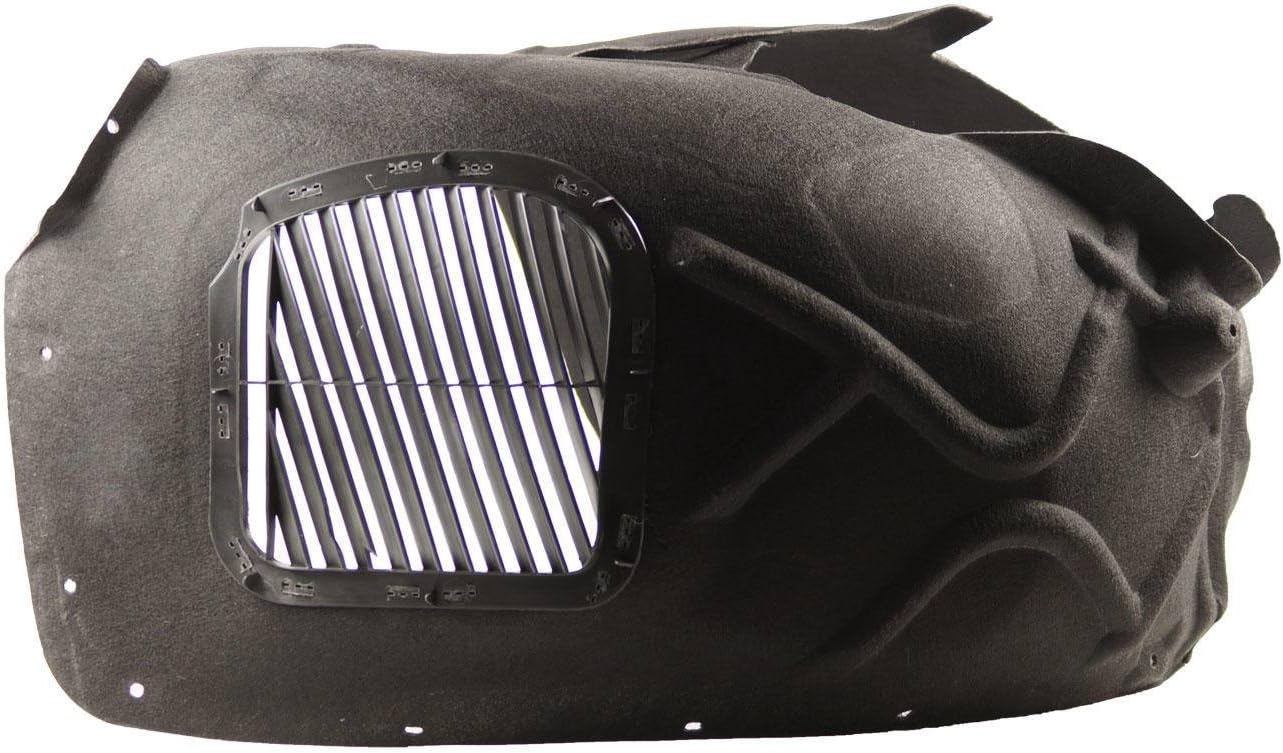
The fluid begins to dissolve the chorion and, as it disappears, the larval segments become apparent.( 4) This type of system, where nutrients are preserved and reused whenever possible, is typical of honey bee colonies. Immediately before hatch, fluid oozes from splits along the dorsal midline of the larva and coats the outside of the egg. In a process called eclosion, the chorion is dissolved and absorbed by the developing bee, meaning you will never find a pile of eggshells on the floor of a brood cell. While most insects rupture the outer covering of the egg in order to emerge, honey bees do not. Image by xiSerge from Pixabay The shell dissolves When first laid, eggs stand vertically in the center of a brood cell. Just before hatching time, the shell layers become more transparent and a tracheal network becomes visible as white lines against a graying background. As the embryo develops, the egg begins to curve and sag, eventually tipping over and coming to rest on its side. Inside the egg, the cells begin to divide and differentiate into various tissue types, including the embryo. The egg contains the original fertilized ovum along with a yolk. The worker bee egg is soft and covered with a flexible covering called the chorion. Compared to bee eggs in general, honey bee eggs are unusually small, a situation made possible by a staff of nurse bees that continually feed the larvae as they grow. (3) Some of the distribution in size is due to genetic differences among queens, and some is just normal same-queen variation. Honey bee eggs are often described as rice-like, but they are much smaller than typical grains of rice, measuring anywhere from 1.2 to 1.8 mm long by 0.4 mm wide, and weighing from 0.12 to 0.22 mg. Once her scent-marked egg is placed, the queen wanders off to the next available cell, confident her message is clear. Furthermore, it assures that any drones that are raised carry the queen’s genetics exclusively. Once they are discovered, renegade worker eggs are eaten by the egg police, an act which conserves nutrients within the colony and assures that workers - not drones - develop in worker cells. (2) The coating contains chemical odors that laying workers cannot produce, thus enabling police bees to distinguish between genuine queen-laid eggs and imposter eggs that laying workers sometimes deposit in the brood nest. As an egg leaves her body, the queen coats it with a compound that lets her workers know that she alone laid that particular egg. Honey bee queens use an assortment of pheromones to achieve colony goals, and “egg-marking signal” illustrates her control. Image by xiSerge from Pixabay Egg marking A queen decides whether to lay a male or a female egg.

The queen carefully centers her egg in a brood cell and glues the end to the floor so the entire egg stands as vertical as the Washington Monument. Since the question of implementation is above my pay grade, I will skip it entirely and describe the first days of a worker bee’s life beginning immediately after the sex decision is made, at the point where the fertilized egg leaves the queen’s body to reside within a sweet-smelling waxen chamber.

The girls were also all sleeping in one bedroom on the floor because that was the only room with a working ceiling fan.This article first appeared in American Bee Journal, Volume 160 No 5, May 2020, pp. The refrigerator and a standalone freezer were both filled with rotted food. There were dirty dishes in the kitchen and trash and soiled clothes all over the floor in the bedrooms and bathroom. The outside temperature at the time was nearly 100.Īs officers walked through the house they saw roaches, flies, ants and other bugs throughout, including in the bedroom where the girls were sleeping. Police said when they entered the home it had a "strong odor of spoiled or rotten food or trash," and the temperature inside the house was extremely hot due to a broken air conditioner. The girls also told officers the home hadn't had running water since May 21. The girls had been alone since June 3, the affidavit states.

On : Man killed during custody exchange ID'd, suspect's bail set at $250,000 San Antonio police were called on June 14 by a neighbor who reported the three girls, ages 15, 13 and 11, had been coming to their home for the last 10 days to eat and bathe because their adopted mother had left and not been back.


 0 kommentar(er)
0 kommentar(er)
